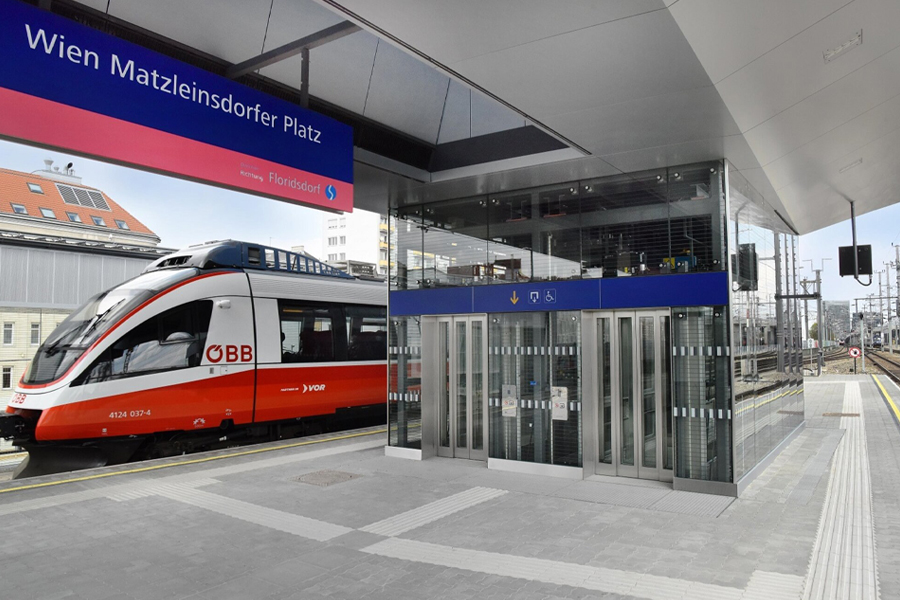Currently, only 26% of the Viennese avoid using public transport, cycling or walking and, according to Mayor Ludwig, this will change in the future.
Yesterday, authorities in Vienna announced a 2.4-billion-euro investment going towards the city’s urban rail network, the S-Bahn. The investment will go towards revamping and expanding the existing connections, as well as new double-decker trains.
The funds will come from the ÖBB (the Austrian national rail company), the City and the Ministry of Transport, with a focus on the redevelopment of the eastern and southern parts of the Austrian capital. This, according to a statement by the ÖBB, is due to the fact that those parts see the most continuous growth.
The eastern portion of the city in particular is home to Donaustadt, a massive housing and urban development project, with thousands of new homes. One of the problems with Donaustadt is that it is located on the far side of the river. Thus, authorities have launched many mobility and infrastructure projects, like a bicycle expressway, to provide links across the Danube.
Faster, longer, bigger – trains with a digitalised infrastructure
One of the cornerstones of the investment is the digitalisation of the Floridsdorf–Meidling leg of the S-Bahn line. With the project set to be completed in 2027, and according to authorities, the line will improve on nearly all metrics – speed, comfort and safety. In fact, they estimate that the turnaround time in rush hour could be as low as 2.5 minutes.
In addition to the redevelopment and expansions, the S-Bahn will get 41 new double-decker trains with a contract already signed with Stadler. According to the city, the trains will enter service in 2026 and will be able to move significantly more people, bicycles and luggage.
Viennese Mayor Michael Ludwig explained in a press release that public transport is the backbone of the city’s mobility and the investment would only cement its role. “We already have an exemplary modal split of 74:26 in Vienna. This means that almost three quarters of the Viennese population use public transport, cycle or walk. And we want to significantly increase this share in the future.”
